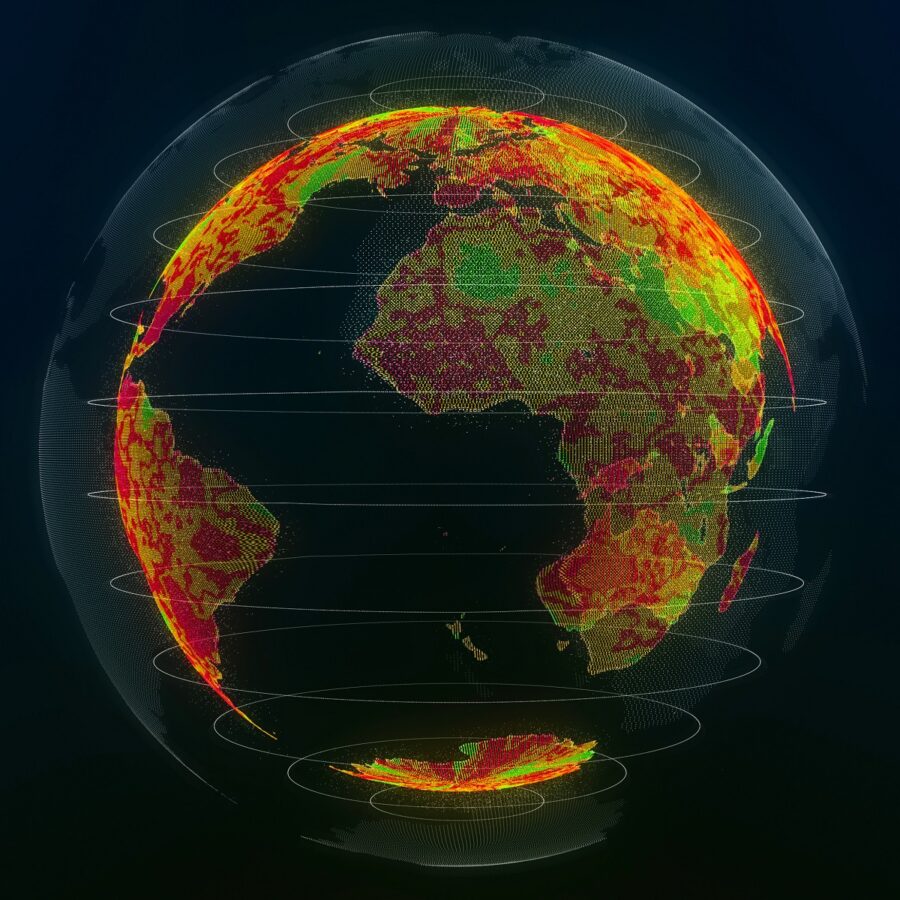NGFS Scenarios Phase III
The NGFS scenarios provide a framework to assess and manage climate-related risks, by exploring the transition and physical impacts of climate change. In this third vintage, the NGFS scenarios have been brought up to date with an updated set of climate scenarios, including the most recent country-level climate commitments made at the COP26 in 2021, and the latest GDP and population pathways. NiGEM is used to convert the IAM output into macro-economic impacts.

Summary & aims
The climate scenarios were originally designed to provide policymakers with advice on the risks from climate change and identify possible solutions. They form a key part of scientific assessments such as those conducted by the Intergovernmental Panel on Climate Change (IPCC). Since 2020, they have been adapted by the NGFS to help central banks and supervisors explore the possible impacts on the economy and the financial system. They are regularly made available as a public good and have a number of useful applications.
NIESR joined the consortium in 2019 and have used NiGEM to bridge the gap between Integrated Assessment Models (IAM) and macro-economic impacts of climate risks, both physical and transition.
Project partners:
- Potsdam Institute for Climate Impact Research (PIK)
- International Institute for Applied Systems Analysis (IIASA)
- University of Maryland (UMD)
- Climate Analytics (CA)
- Swiss Federal Institute of Technology in Zurich (ETHZ)
Methodology
This project directly links IAM data with the expanded version of NiGEM which deals with climate channels in a macro model to provide the impacts of various NGFS scenarios.
In order to match IAM starting points, a forecast base is created within NiGEM for each IAM, referred to as a climate neutral base as no transition or physical effects from climate are used in this forecast.
The transition shock consists of both a carbon price shock and a recycling shock. The IAM scenario data is imported exogenously into NiGEM for the carbon pricing scenarion which then executes under standard rational expectations to provide final macro economic impacts. The revenue generated from the carbon price is then used to provide the effects of the government use of this revenue, for example through tax relief etc.
Finally, the GDP damage for each temperature profile in the various scenarios is considered. In NiGEM, physical damages are modelled as both demand and supply (where the productive capacity of an economy is affected) shocks. The combination of these shocks must mimic the GDP effects supplied by the damage functions.
Related projects:
Co-Investigator






















